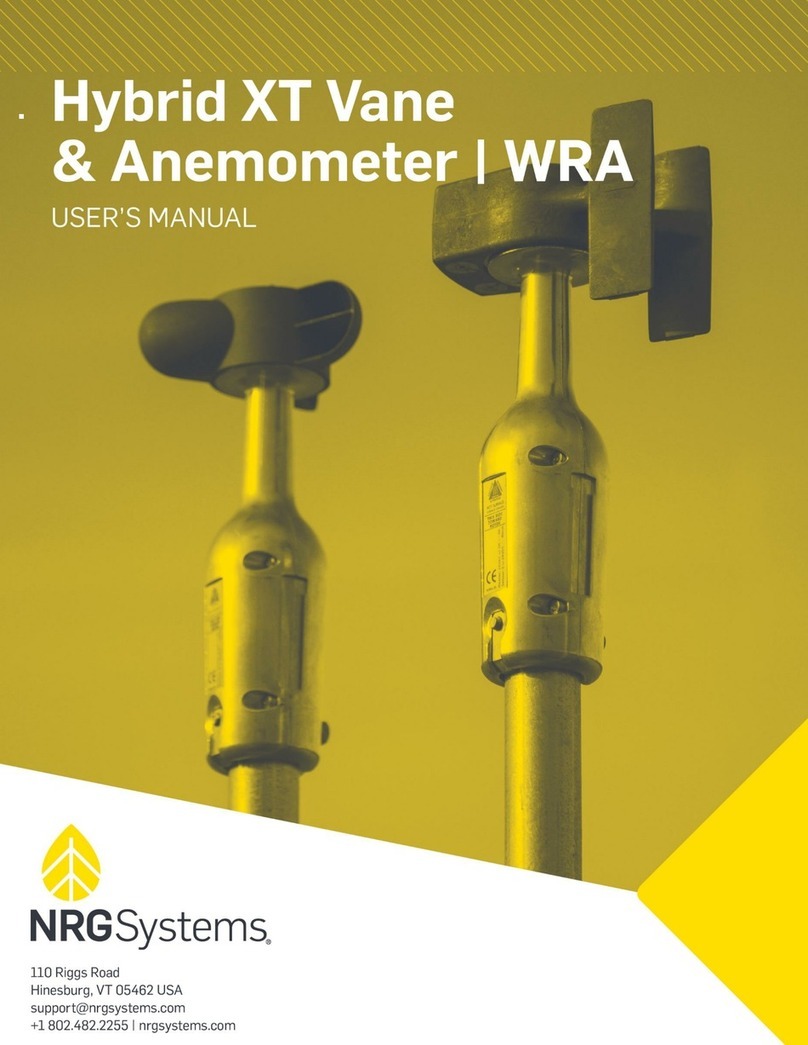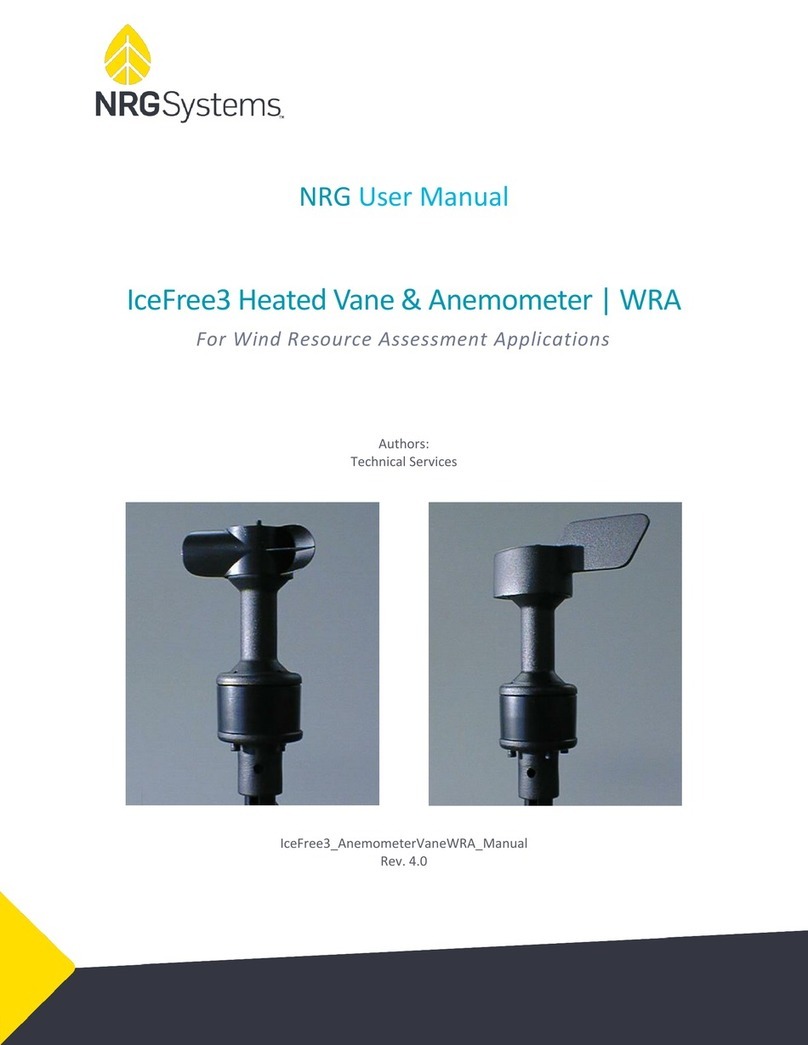
HybridXT_Anemometer_Manual
Rev. 15
CONTENTS
CUSTOMER SUPPORT .............................................................................................................. 4
INTRODUCTION ....................................................................................................................... 5
Using This Manual...........................................................................................................5
ANEMOMETER OPERATION AND CONSIDERATIONS................................................................ 6
Hybrid XT Anemometer Types ........................................................................................6
Heater Operation............................................................................................................8
ESD and Circuit Protection ..............................................................................................9
Cable Shielding - Important.............................................................................................9
Magnet Safety............................................................................................................... 10
Transport and Handling................................................................................................. 10
CABLE COMPATIBILITY TABLES .............................................................................................. 11
HXT SENSOR INSTALLATION .................................................................................................. 13
Mounting Mast Orientation ..........................................................................................13
Prepare Shield...............................................................................................................13
Mount Connector..........................................................................................................14
Connect Cable to Controller .......................................................................................... 16
Mount Sensor ............................................................................................................... 17
GROUNDING AND BONDING FOR OVER-VOLTAGE PROTECTION ........................................... 18
Introduction..................................................................................................................18
Recommended Practices............................................................................................... 18
Sensor Wiring Diagram .................................................................................................20
WARRANTY ........................................................................................................................... 21
REPAIR .................................................................................................................................. 21
DECLARATION OF CONFORMITY............................................................................................ 22
APPENDIX A | TECHNICAL DRAWING..................................................................................... 24






























